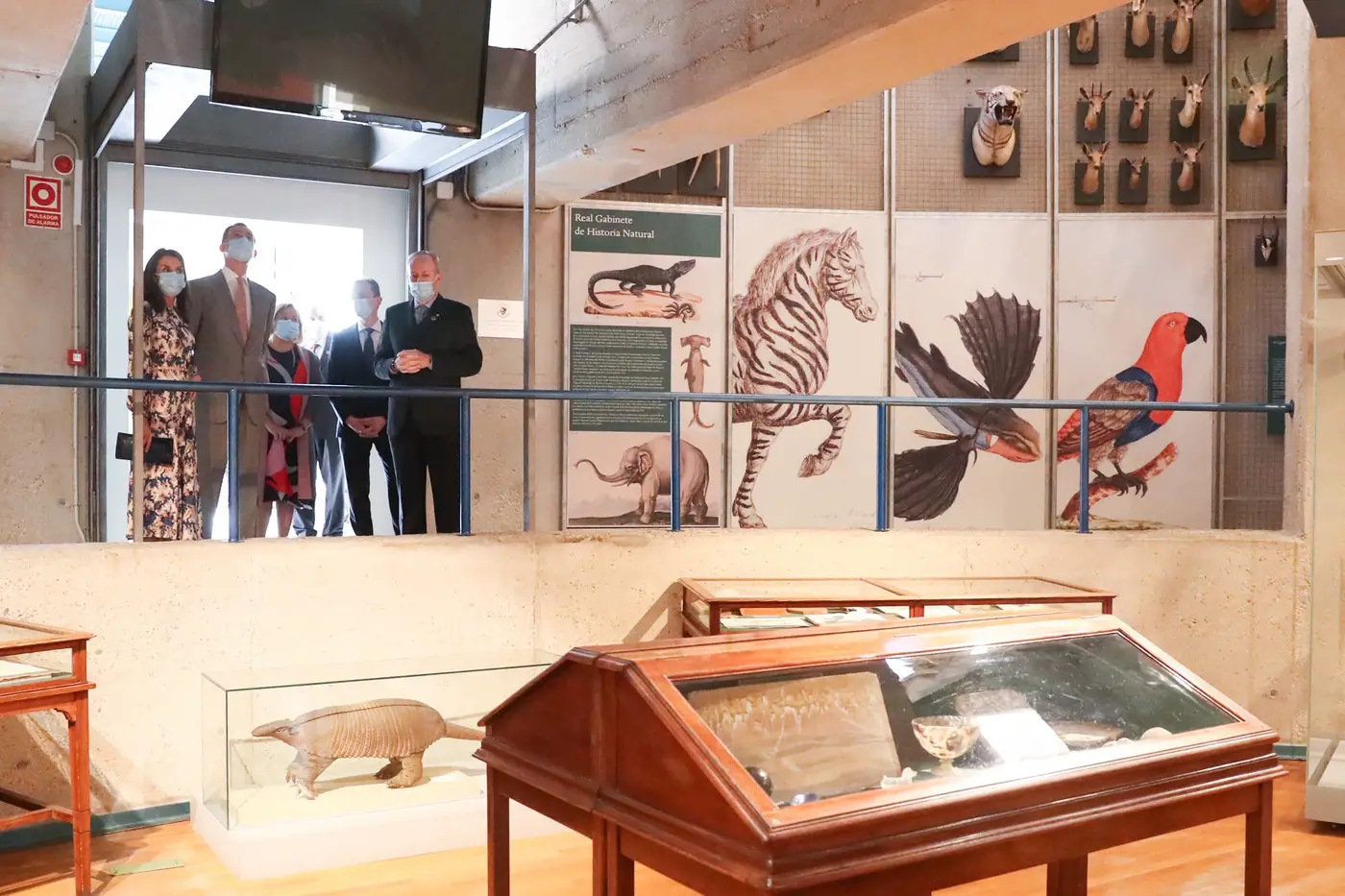
King Felipe and Queen Letizia of Spain began the Royal duties of the week with a visit to the National Museum of Natural Sciences in Madrid. The Museum, just like the other Museums around Spain has reopened to the public with all the Governmental precautions regarding COVID-19.
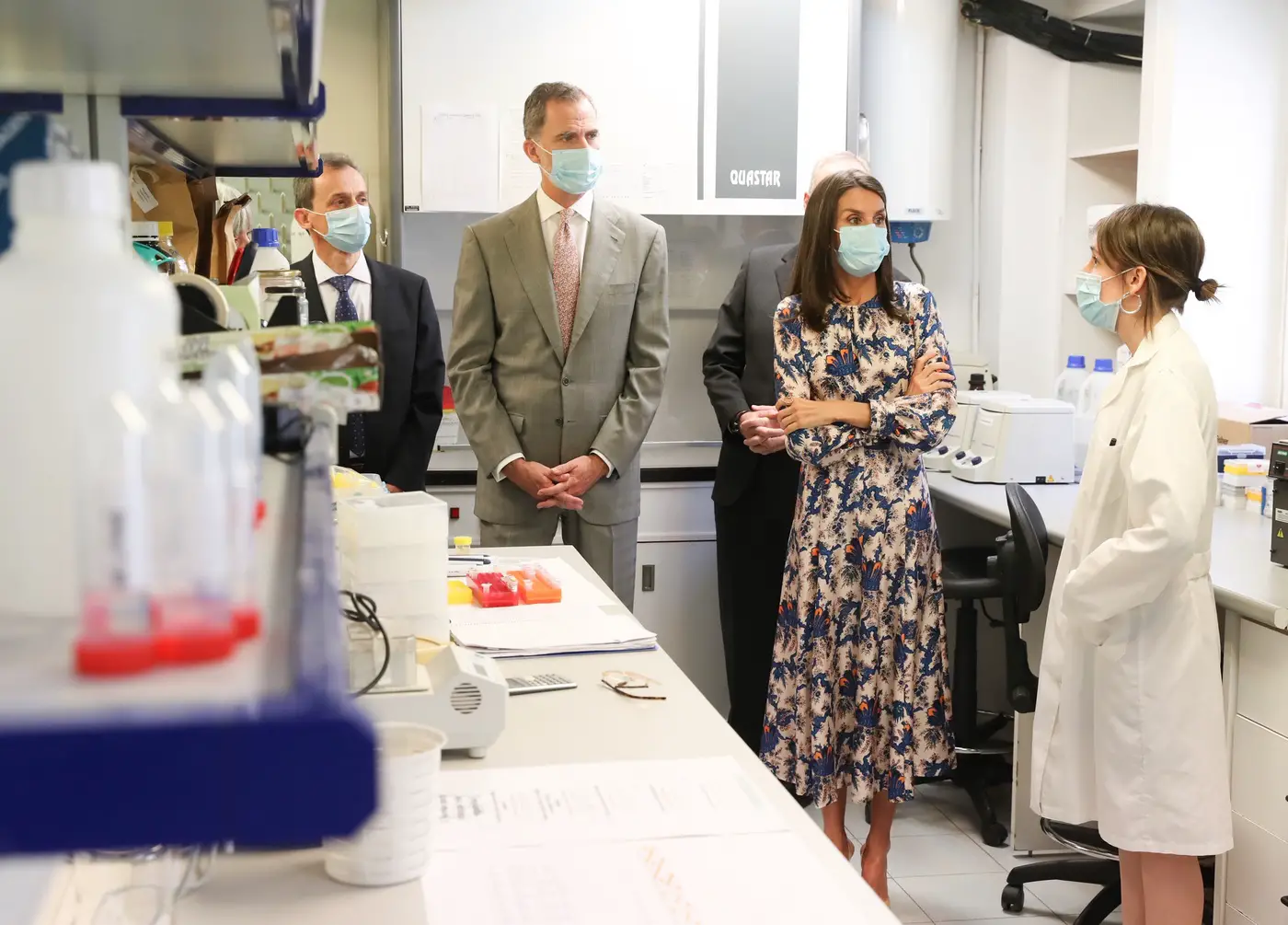
Spanish Government has reduced the number of people can be present in a public building, fixed specific hours for the senior citizens and has instructed the authorities to maintain all the necessary hygiene precautions for the employees and visitors.
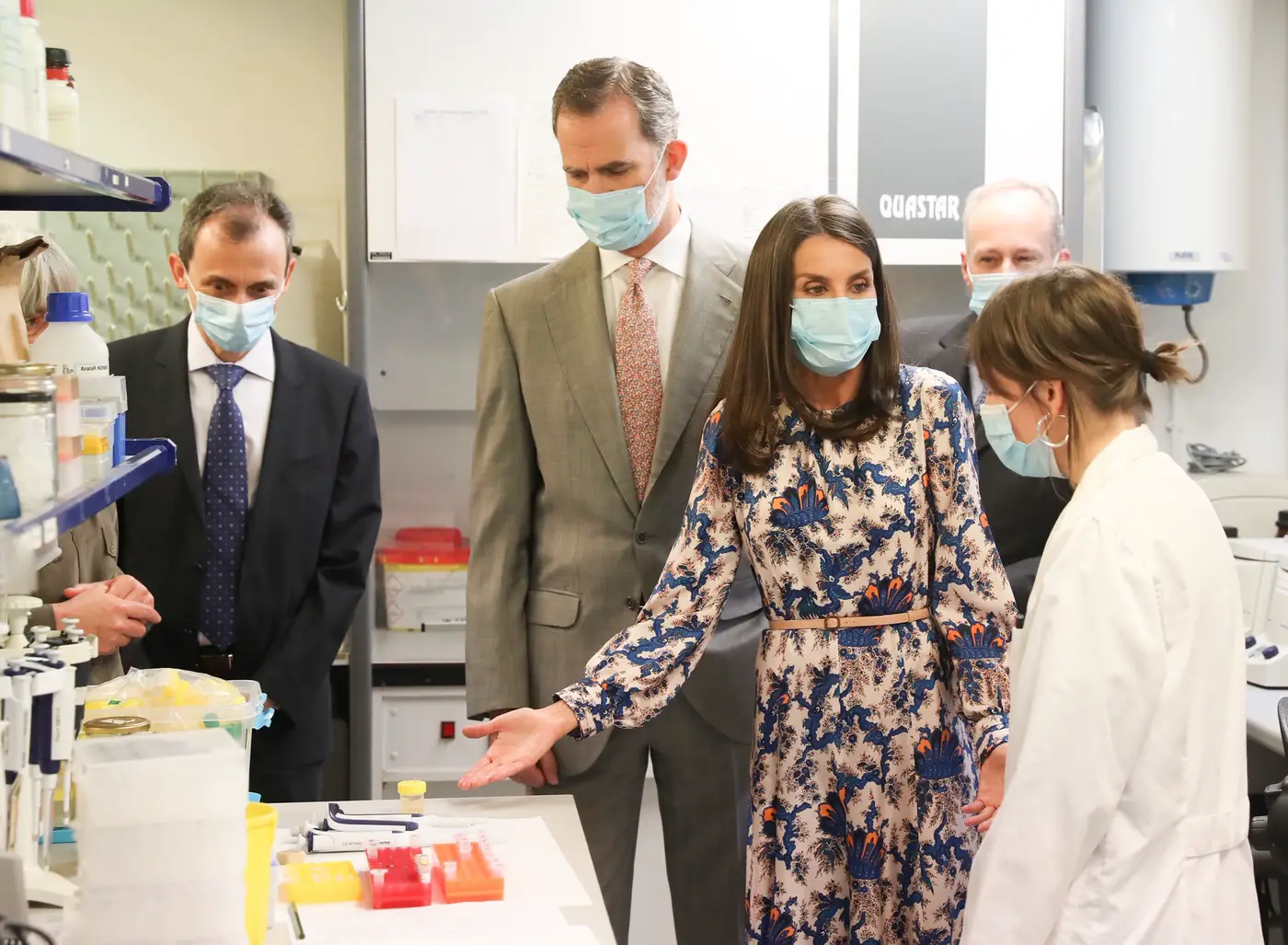
Part of the Higher Council for Scientific Research, the Museum is dedicated to research in the Area of Life with a staff of more than 80 researchers dedicated to the study of paleobiology, geology, ecology and climate change, with a special focus on environmental biology and biodiversity.
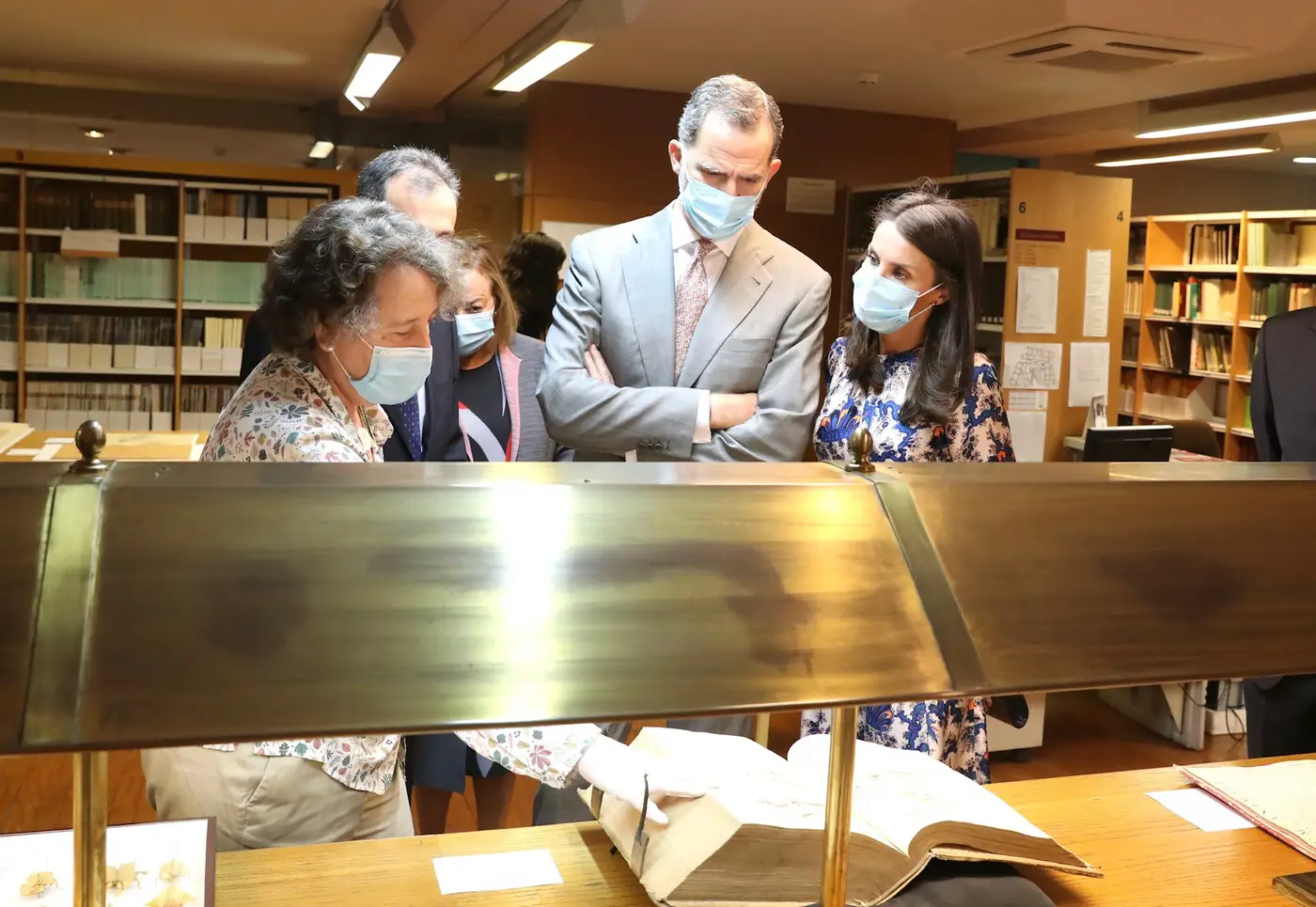
King Felipe and Queen Letizia of Spain toured the facilities of the Museum that included an exhibition and visit of the laboratory. Upon arrival at the emblematic Palace of Exhibitions of Arts and Industry, built-in 1887, Felipe and Letizia were received by the Minister of Science and Innovation Pedro Duque, the president of the CSIC Rosa María Menéndez and by the director of the museum Santiago Merino.
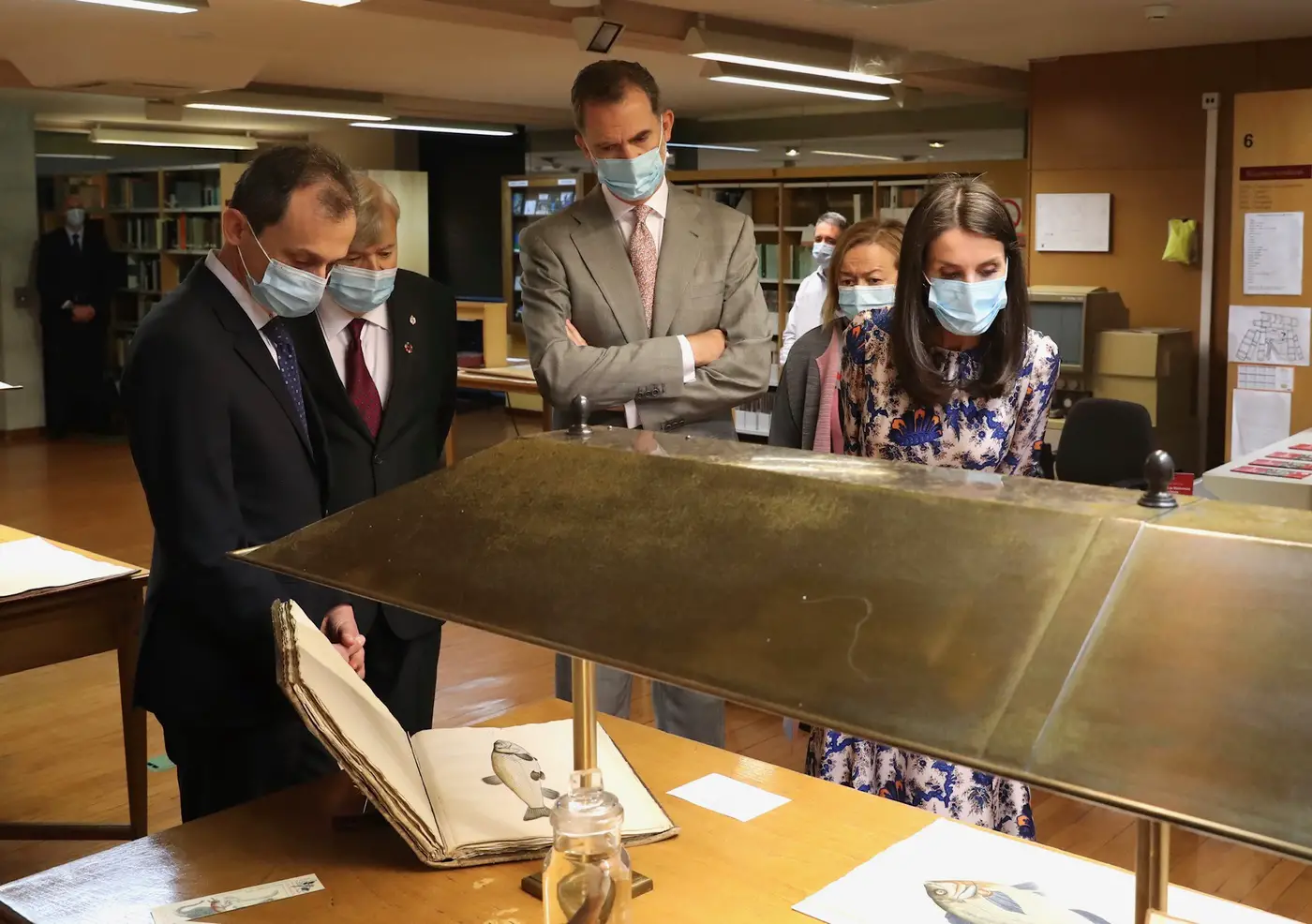
The MNCN is one of the oldest natural history museums in the world, created by King Charles III on October 17, 1771, as the Royal Cabinet of Natural History. The museum is one of the emblematic centres of the Higher Council for Scientific Research (CSIC), has almost 10 million copies among its collections, and aims to transmit the knowledge generated by researchers to society.
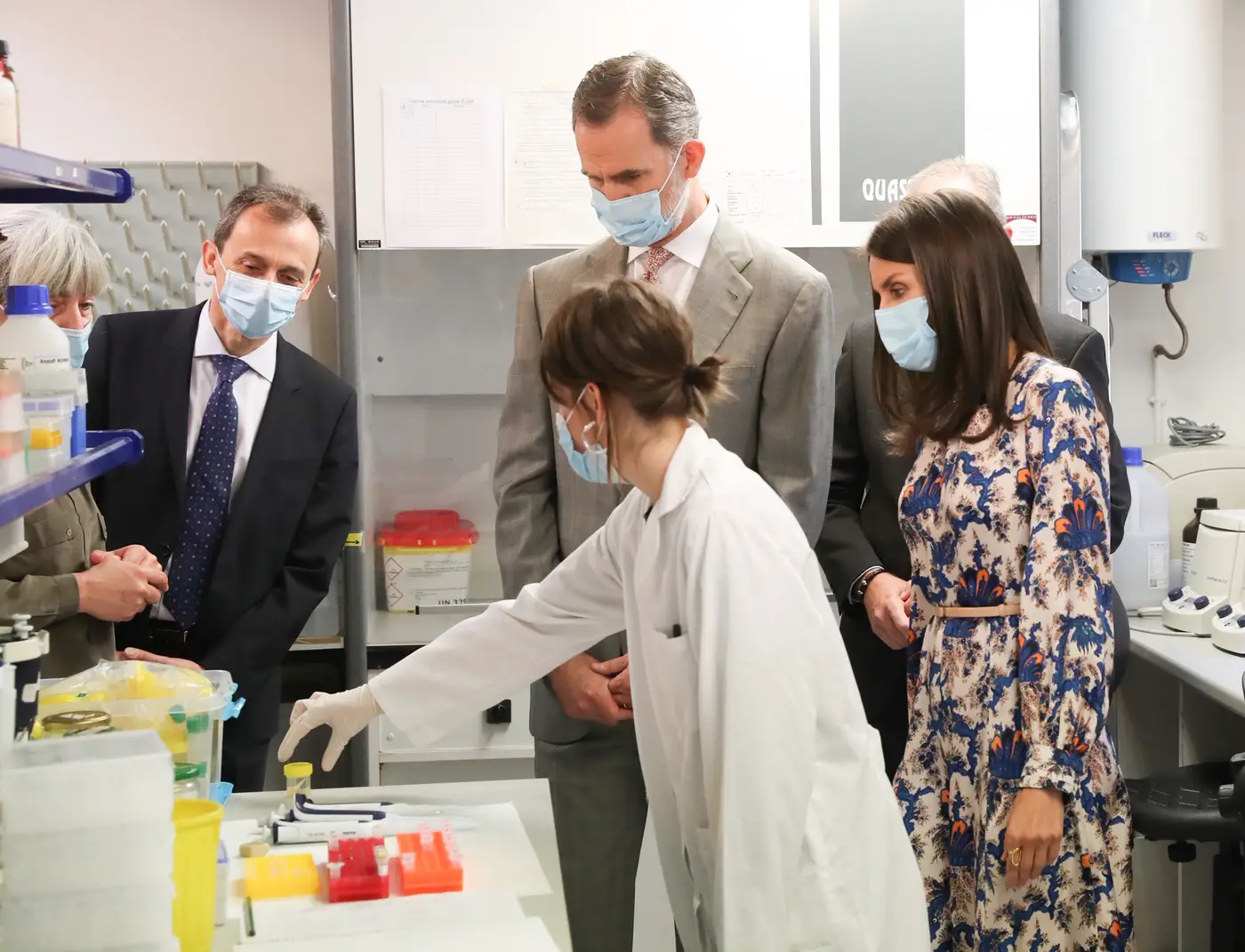
At the Museum, highly qualified professionals are dedicated both to the design and production of exhibitions and to the elaboration of projects and outreach programs. All the discoveries are made available to the general, family and school public, always following the principles of accessibility and inclusion. The museum was used to receive annually 300000 visitors every year pre-COVID19. Visitors used to spend an entertaining time learning how the planet works and how it has changed and the enormous diversity that it has housed from the origin of life to the present day.
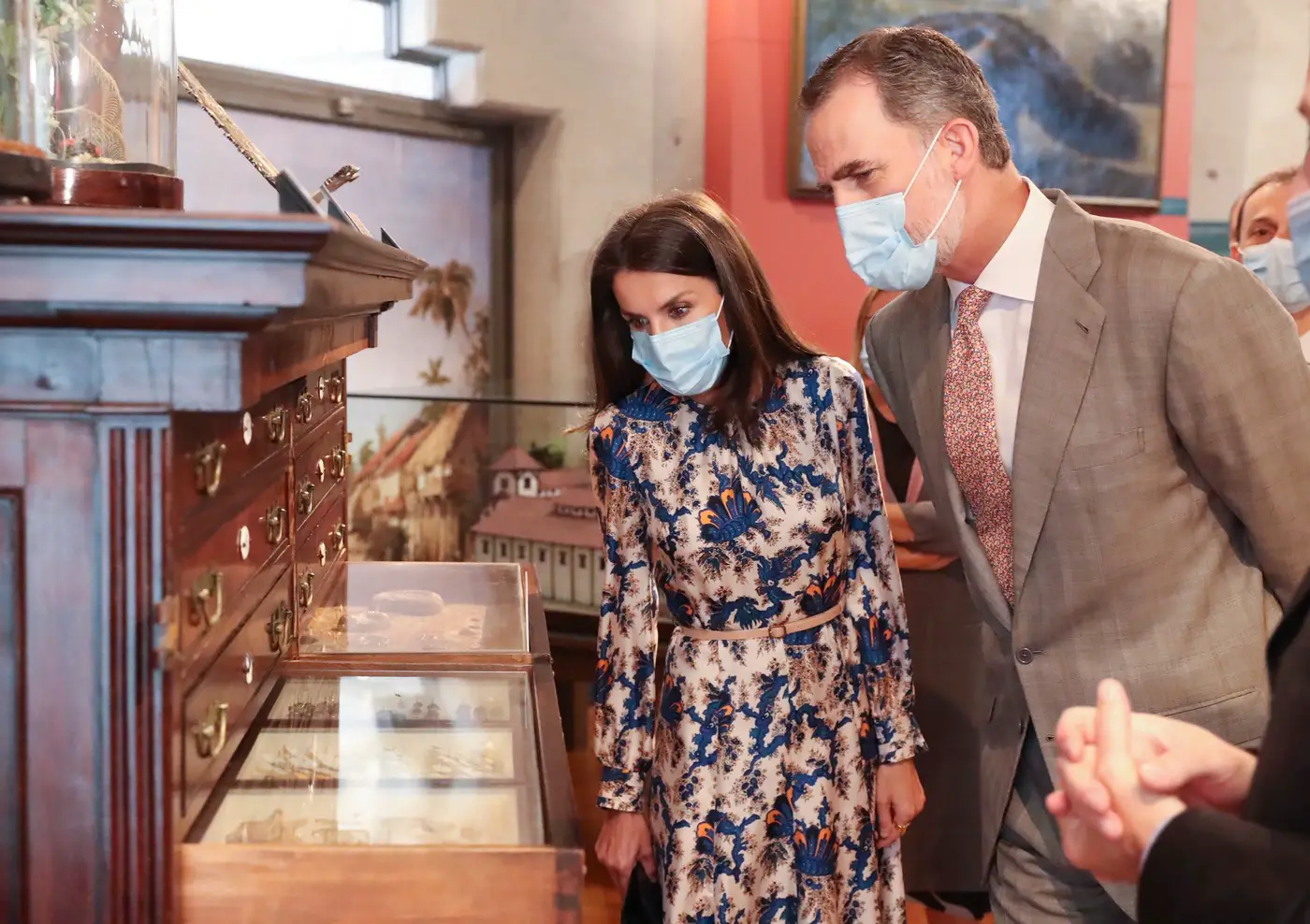
During the tour, Felipe and Letizia visited the permanent exhibition “The Royal Cabinet” by Carlos III, which preserves period furniture and a large collection of scientific instruments. From this institution, all kinds of scientific expeditions were promoted and supported, such as that of Malaspina (1789-1794), that of the Heuland brothers to Bolivia and Chile (1795-1800) and Humboldt’s trip (1779-1804).
The MNCN has outstanding unique pieces among its collections such as the famous migratory (Megatherium americanum), which arrived in 1788 from Rio Luján, in Argentine lands, and which was the first reconstruction and assembly of a fossil vertebrate, described by Cuvier. The museum also has a permanent exhibition on “Biodiversity”; the visiting mammals and birds warehouse, the Reading Room and the temporary exhibition “Recreated natures. The taxidermic work of the Blessed brothers ”. Later, Felipe and Letizia went to the Laboratory of Population Molecular Systematics and Genetics, where they greeted the researchers who carry out their scientific projects in them.
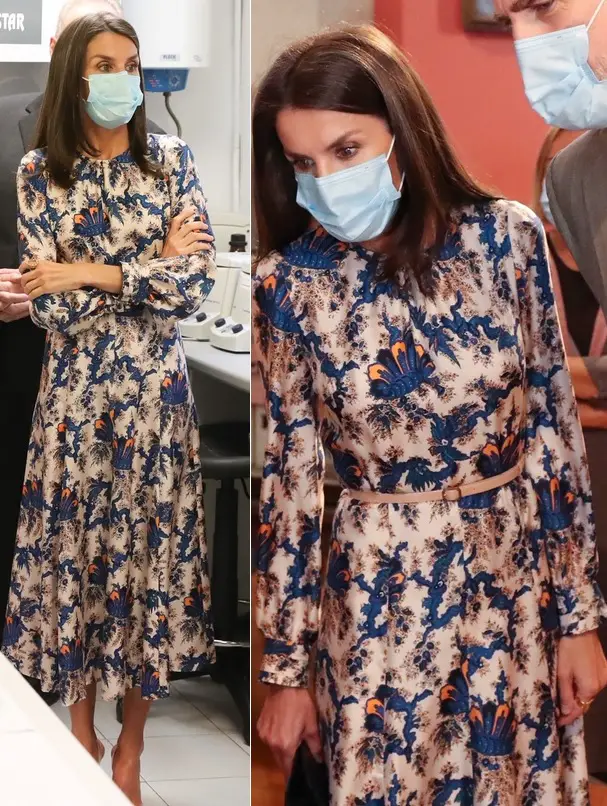
Now to What Letizia Wore – Queen Letizia brought back one of the stunning dresses from her wardrobe. She was wearing her floral Sandro All-Over Print Long Silk Dress that she first debuted in May 2019 at the XI Call for Social Projects of Banco Santander.
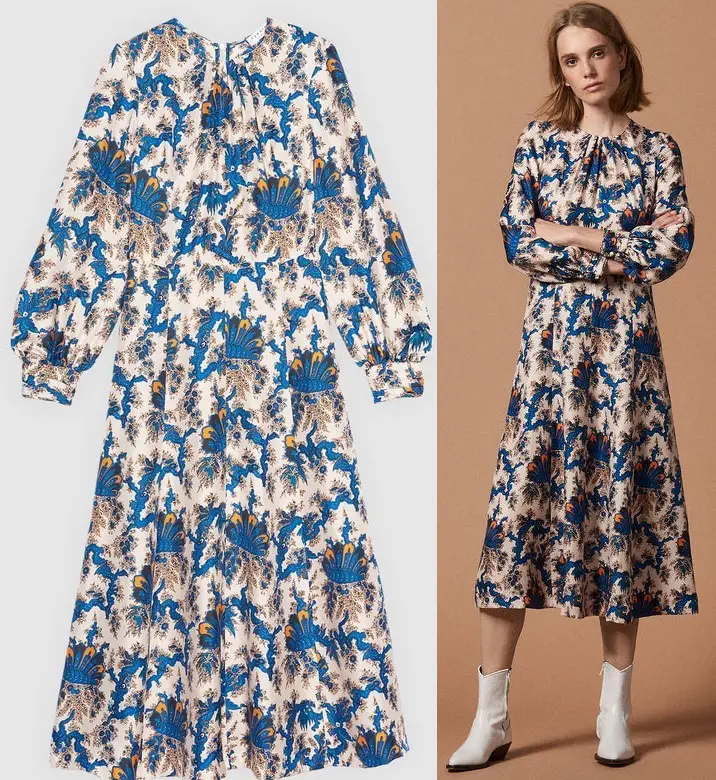
She again wore the dress in June 2019 at the V edition of the Discapnet Awards. And then again in September 2019 at the first Conference on Good Practices. Today, Letizia topped the dress with beige skinny belt.

Letizia paired the dress with her beige Carolina Herrera Essential Nude Slingback Pumps.
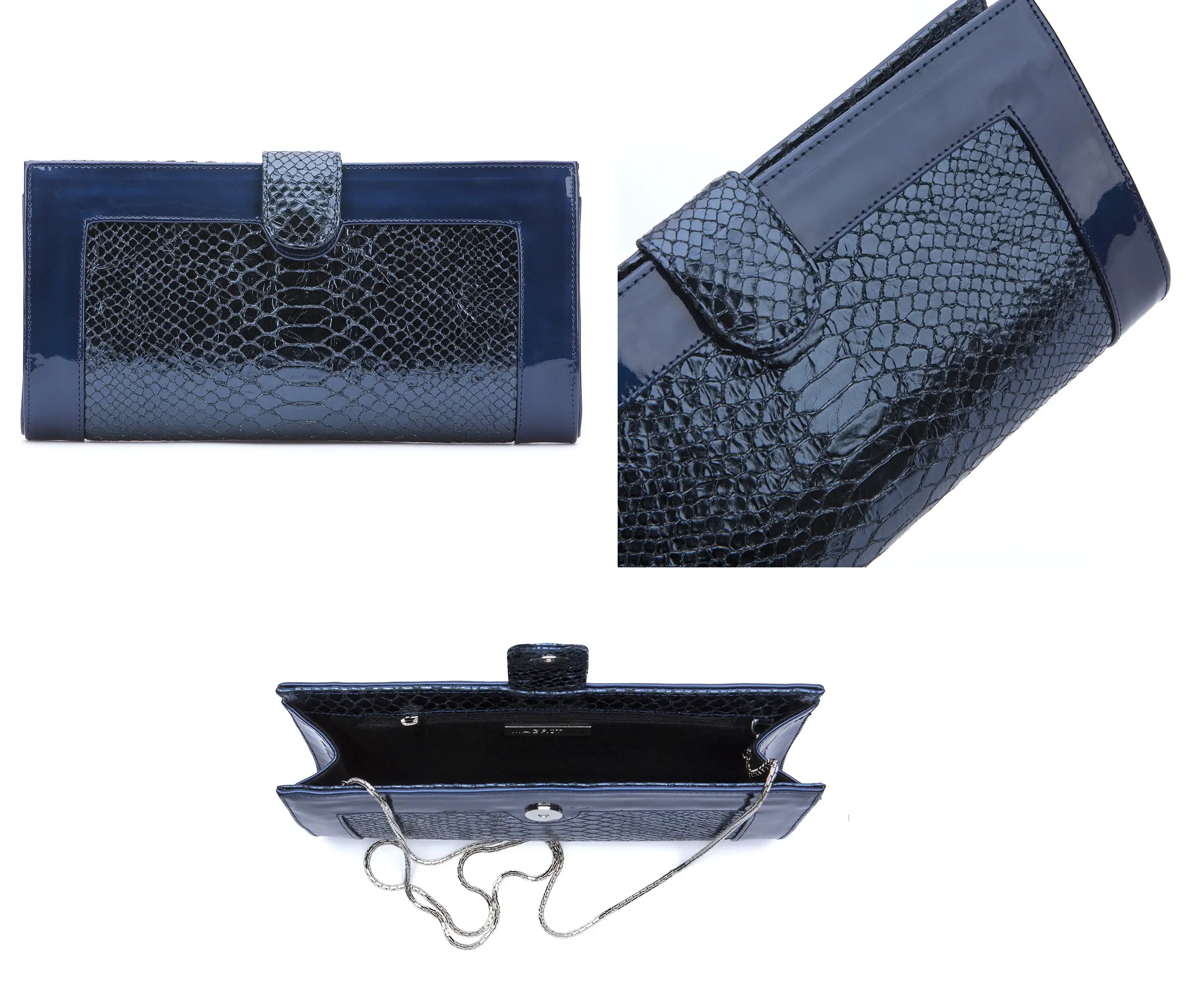
She was carrying her Magrit Hawa Clutch.
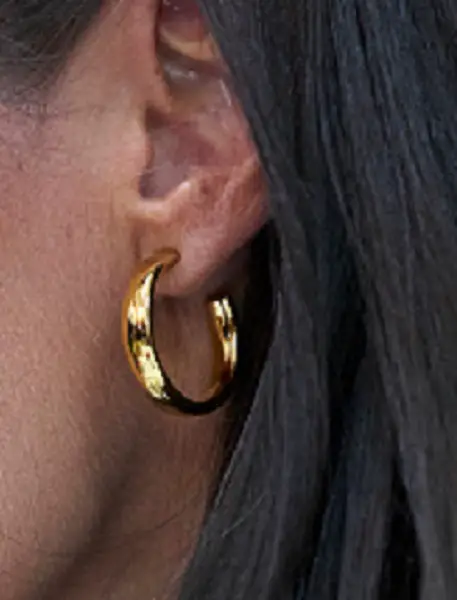
Letizia teamed up her look with gold hoop earrings and

Karen Hallam ring.
